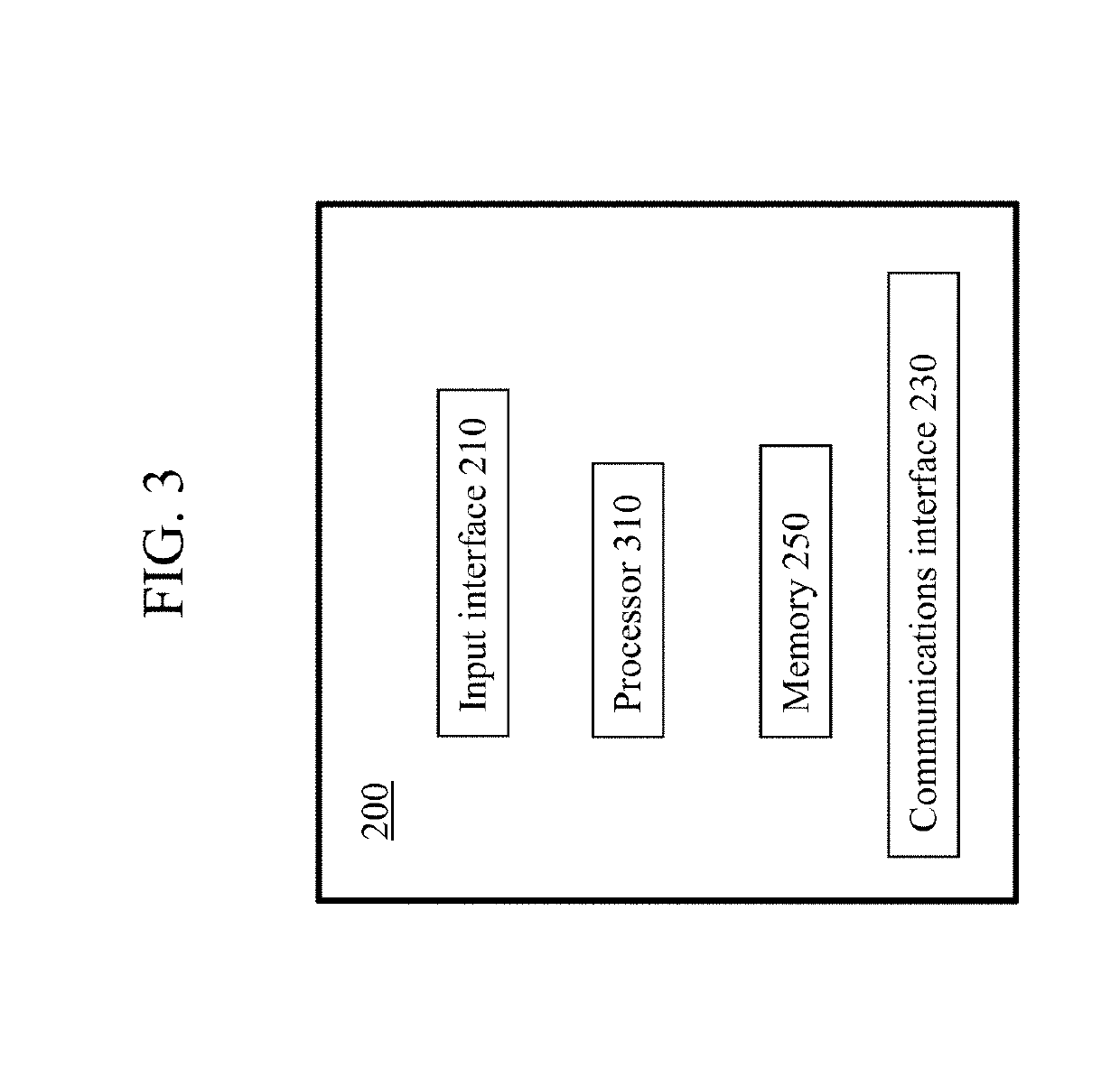License plate reader using optical character recognition on plural detected regions
a technology of optical character recognition and license plate reader, which is applied in the field of license plate reader and method, can solve the problems of inability to achieve the desired combination of license plate region detection speed, license plate region detection accuracy, and ability
- Summary
- Abstract
- Description
- Claims
- Application Information
AI Technical Summary
Benefits of technology
Problems solved by technology
Method used
Image
Examples
Embodiment Construction
[0025]In the past five years, Deep Learning methods have been developed to perform image object recognition and detection of object boundaries. Research shows that Deep Learning methods over time can easily surpass traditional methods in terms of recognition / detection performance.
[0026]In the preferred embodiment, the present invention uses the Faster-RCNN deep learning framework to make one or more predictions of the license plate region within an image, which are typically overlapping regions. In the preferred embodiment, the plural predicted license plate regions are then combined, i.e., stitched together, into a single image, and the single image is sent to an OCR engine or unit. The OCR unit recognizes characters in the combined image and outputs results that include multiple subsets of recognized characters that correspond to different predicted license plate regions. (Some predicted license plate regions may not have a corresponding recognized character sequence, if no charac...
PUM
 Login to View More
Login to View More Abstract
Description
Claims
Application Information
 Login to View More
Login to View More - R&D
- Intellectual Property
- Life Sciences
- Materials
- Tech Scout
- Unparalleled Data Quality
- Higher Quality Content
- 60% Fewer Hallucinations
Browse by: Latest US Patents, China's latest patents, Technical Efficacy Thesaurus, Application Domain, Technology Topic, Popular Technical Reports.
© 2025 PatSnap. All rights reserved.Legal|Privacy policy|Modern Slavery Act Transparency Statement|Sitemap|About US| Contact US: help@patsnap.com



